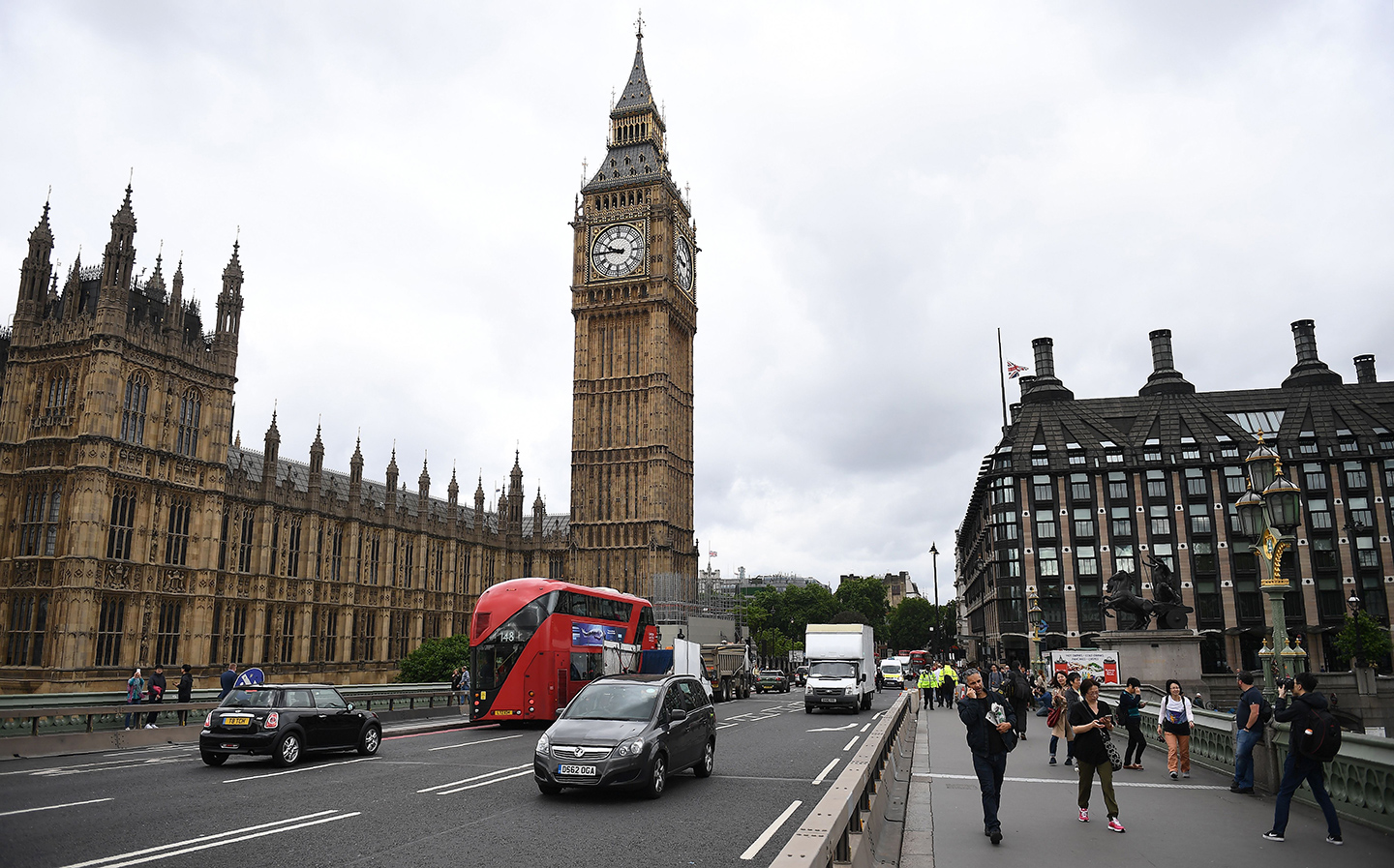20mph speed limit throughout London's Congestion Charge Zone by 2020
20's plenty for London Mayor
A BLANKET 20mph speed limit is set to be enforced throughout the central London Congestion Charge Zone, as part of the Mayor’s plans to heavily reduce the amount of road deaths in the city.
The lowered speed limit is part of a new “Vision Zero” proposal (not to be confused with the government’s “Road to Zero” emissions reduction plan), which has the ambitious target of “eliminat[ing[ deaths and serious injuries from London’s transport network” by 2041, with a further aim of reducing these incidents by 65% as of 2022.
The new 20mph speed limit will be the primary element of Vision Zero, and is due to be enforced by 2020. According to government data, pedestrians have a 90% chance of survival if they’re hit by a car travelling at 20mph but only a 40% chance of surviving a strike from a car at 30mph.
Many roads in the capital have already been given 20mph limits as part of the 20’s Plenty for Us pressure group, which works with local communities and councils to introduce mandatory 20mph limits in particular areas.
In order to meet the Vision Zero 2020 plan, a further 5.5 miles of road in the congestion charging zone will need to switch to 20mph by the end of this Mayoral term.
Although the speed limit will be restricted to Congestion Charge Zone initially, Transport for London is looking to reduce the speed limit to 20mph in many other London town centres and high risk areas, totalling 93 miles of roads, by 2024.
Helping enforce these new speed limits will be an increased presence of police officers on London’s roads, courtesy of new “widespread high visibility roadside operations and patrols”.
HGVs will be subject to new star rating system based on the visibility the driver has from the vehicle cab
As well as allowing the police to engage with “dangerous drivers” more often, it’s hoped this proposal will have the knock-on effect of being a more effective deterrent.
In addition to the lower speed limits, the Vision Zero proposal will see 73 pre-identified junctions in London made safer to use, with safety training and education campaigns also being launched to reduce the risks for pedestrians, cyclists and motorcylists in the city.
Perhaps the biggest change outside of the speed limit plans, though, are the announced safety requirements for heavy goods vehicles (HGVs). As of 2024, all HGVs will be subject to a “Direct Vision Standard”, which sees the visibility the driver has from the vehicle cab rated from zero stars to the maximum highest rating of five stars. Only HGVs with a DVS score of three stars or higher being allowed to enter London.
London Mayor Sadiq Khan said: “Our bold and far-reaching plans being announced today are some of most ambitious in the world, and start from the basis that no death or serious injury on London’s roads should be treated as acceptable or inevitable.
“I don’t accept that deaths and serious injuries on London’s roads are something we just have to put up with. Every single death or serious injury results in heartache and tragedy for those affected, and their loved ones.”
Tweet to @J_S_Allen Follow @J_S_Allen
Even hybrid cars could be banned from central London from 2025
London’s Ultra-Low Emission Zone set to be 18 times larger than planned





